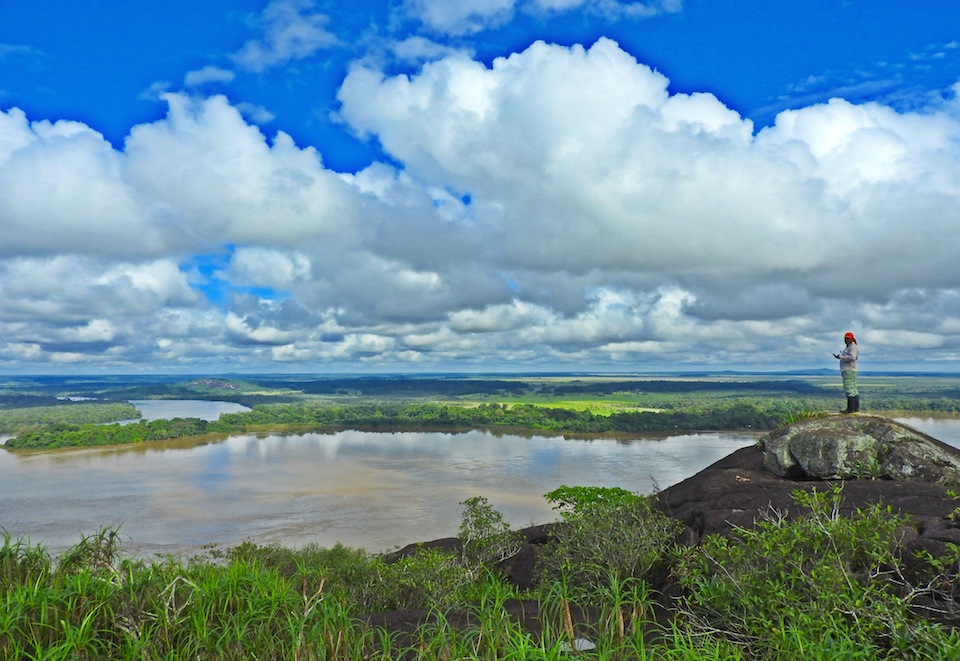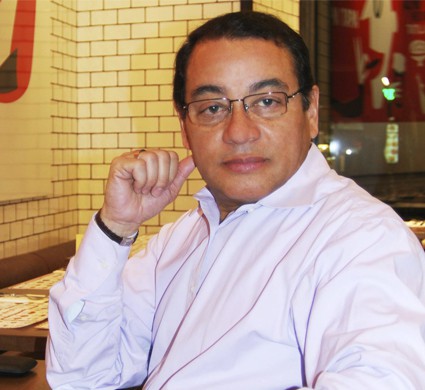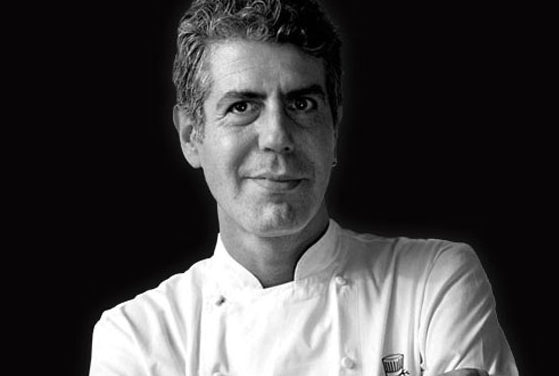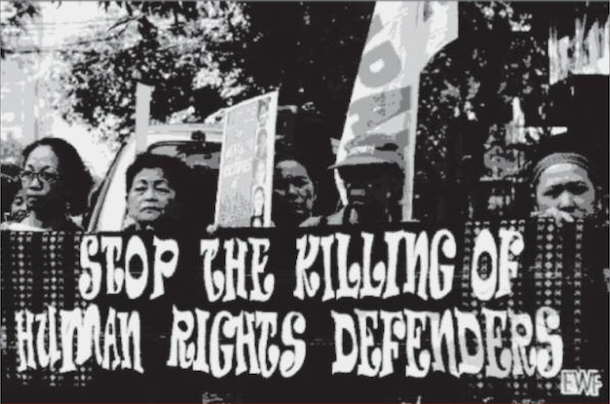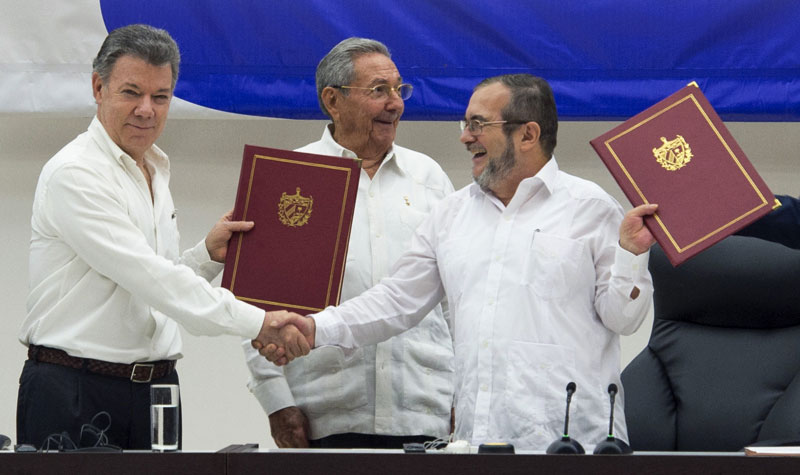
President Santos and FARC leader Tinochenko singing the Bilateral Cease of Fire and Laying Down of Arms Agreement.
It was the year that Colombia ended over half a century of conflict. As the new peace deal moves forward after being approved by congress, Veronika Hoelker reviews some of the key events of the last 12 months of the Colombian peace process.
The new peace agreement
500 proposals received from all parts of society including representatives of the ‘No’ campaign, the FARC, victims, indigenous groups, and women’s rights groups. These were whittled down to 57 topics for discussion, with adjustments being made to the deal in 56 of them.
Key changes include:
Reparation to the victims: The FARC will have to declare its assets, which will be used to pay for victim reparations.
Rural reform: The constitutional right to own property will supersede anything in the text of the agreement
Transitional justice: Tightening of the language on what ‘restriction of liberty’ means, as well as clearer language about what counts as a political crime.
Illicit drugs: New agreement states specific ways in which the FARC will cooperate in the fight against drugs
The only area in which change was not made was on the topic of political participation. Santos used examples of Northern Ireland and El Salvador and said that people need to understand that a key part of every peace negotiation in the world is that the guerrillas give up arms in order to legally participate in politics.
January 19:
The peace delegations agree on a tripartite monitoring and verification mechanism for the future bilateral ceasefire and the laying down of arms.
February 18:
FARC chief negotiator Iván Márquez stirs controversy as he travels to one of the guerrilla’s camps in Conejo, a town in the northeastern province of La Guajira to relay information on the peace process. Although such visits had been approved for the purpose of “peace pedagogy”, the government said that the presence of armed FARC rebels alongside civilians in a public event was in violation of the rules.
March 23:
Negotiations appear to be running behind schedule as the deadline for signing the final peace agreement is not met. The date had been set by the delegations six months before, when they neared the breakthrough agreement on transitional justice that culminated in a historic handshake between president Santos and FARC leader Rodrigo Londoño, aka Timochenko.
May 12:
The government and the FARC delegations announce that once signed, the final peace accord would be considered a “Special Agreement”, a category enshrined in the Geneva conventions that regulates international humanitarian law. This step is taken in order to give the future agreement legal validity.
June 23:
Negotiators in Havana mark another milestone as they reach a deal on implementing a definitive and bilateral ceasefire as well as a procedure for the laying down of arms of the FARC. This 180-day process will be carried out in 23 Transitional Zones in rural areas of the country. The UN mission in charge of receiving, storing and destroying the weapons would commence operating as soon as a final agreement is signed. That same day, the FARC declares its willingness to accept the plebiscite the government had been pushing for as a mechanism to ratify the final peace accord.
July 18:
The Constitutional Court rules that the plebiscite is an acceptable way to ratify the deal, and stipulates the criteria by which it should work.
August 24:
After four years of negotiations, the two peace delegations announce that a final and comprehensive peace deal has been reached. The government and the FARC (represented by Humberto de La Calle and Iván Márquez, respectively) sign the much anticipated document in a ceremony in Havana, Cuba.
August 29:
President Juan Manuel Santos declares that the definitive and bilateral ceasefire has officially come into force.
September 17-23:
The 10th FARC conference takes place in a remote region in the southern province of Meta, one of the rebel group’s historical strongholds. In the lead-up to the plebiscite to be held on October 2, the guerrilla unanimously ratifies the peace agreement signed in August.
September 26:
The peace deal is signed again, this time by FARC leader Timochenko and president Santos during a ceremony in the city of Cartagena. In his address, the guerrilla’s commander-in-chief highlights that the FARC “will now pursue politics without weapons”, and offers an apology to the victims of the conflict.
October 2:
Colombian voters narrowly reject the peace deal in the plebiscite (50.2%). The unexpected result comes after polls had predicted a comfortable 66% lead for the ‘Yes’ campaign. In accordance with the July ruling of the Constitutional Court, the result prevents the president from implementing the agreement’s text as it stands. Santos announces that negotiators will reconvene in Havana to discuss possible solutions.
October 5:
Santos meets with various ‘No’ advocates, including former presidents Andrés Pastrana and Álvaro Uribe. University students organise a ‘March for peace’ that sees thousands of protesters take to the streets in the capital.
October 7:
President Santos is awarded the Nobel Peace Prize, despite the result of the plebiscite. According to the Nobel Committee, the decision was made based on Santos’ “resolute efforts to bring the country’s more than 50-year-long civil war to an end”. For the Norwegian committee, the fact that the peace deal had been turned down by voters did not mean that the peace process had come to an end.
October 8:
In a joint statement, the peace delegations agree to take into consideration the propositions of the ‘No’ campaign and where necessary, to make “adjustments” and “precisions” to the agreement. In the following days, several representatives of the ‘No’ sector proceed to publish their demands. Unsurprisingly, these include: prison sentences for FARC rebels; ruling out the possibility that guerrilla members responsible of crimes against humanity can hold political offices; and ensuring that drug-trafficking cannot be considered a political crime.
October 21:
Delegations travel to Havana to begin revising the agreement.
November 12:
Six weeks after the plebiscite, the peace delegations announce they have reached a new agreement that incorporates various propositions put forth by the ‘No’ camp. Although core issues such as the “alternative” sanctions for FARC rebels were not modified, President Santos affirms that 56 of the 57 topics discussed were included in the revised version of the peace deal.
November 16:
Santos confirms speculations that the new agreement will be ratified and implemented by Congress, dismissing the possibility of holding another plebiscite.
There are reports that two FARC soldiers have been killed in combat with the army, calling the bilateral ceasefire into question.
November 24:
President Santos and FARC leader, Timochenko sign the new agreement at the Teatro Colón in Bogotá.

